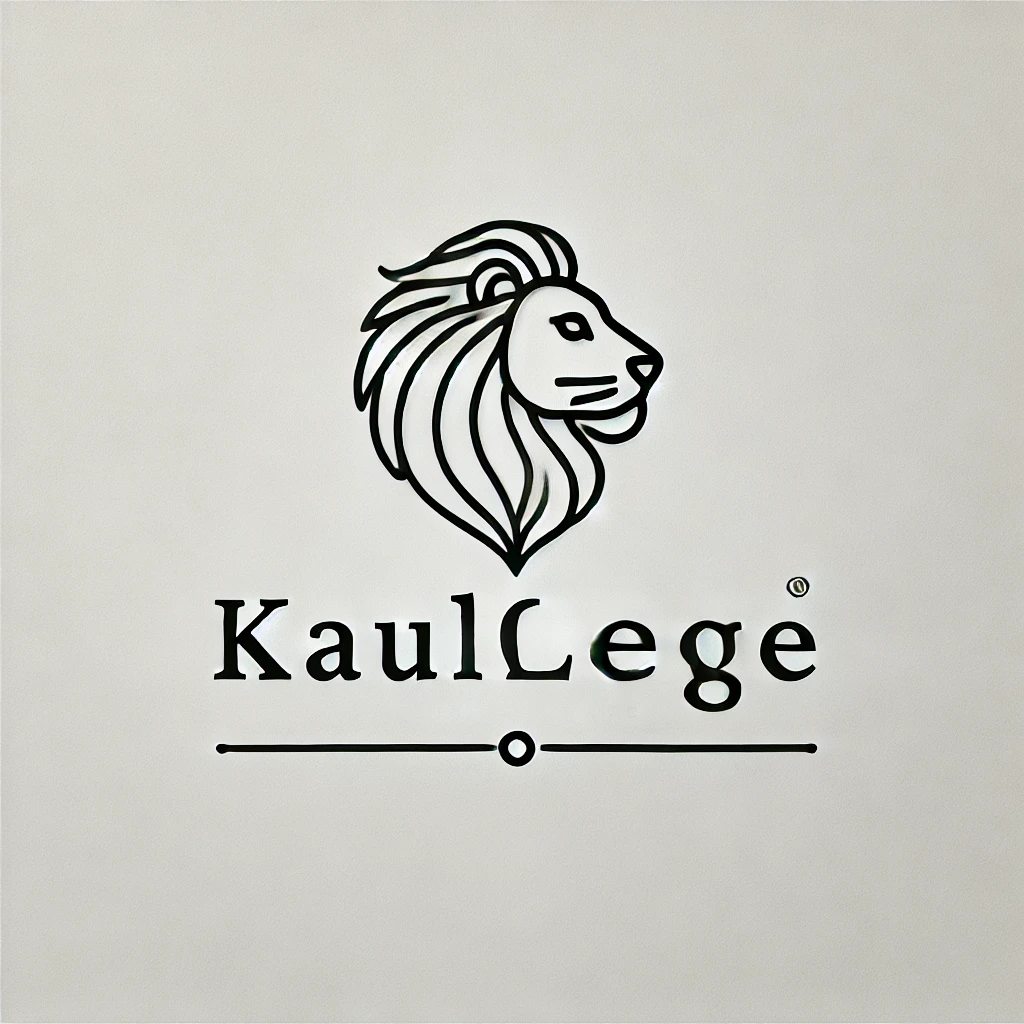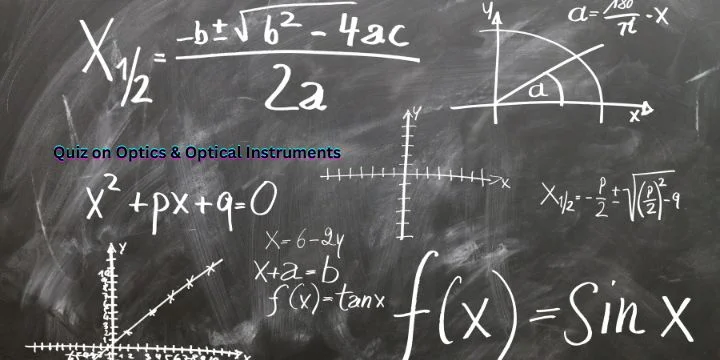Physics Quiz Set: Kullege, a reputable education platform in India, has introduced an extensive collection of Physics questions centered on high-weightage chapters. However, the focus of today’s discussion is Ray Optics and Optical Instruments.
Further, crafted by experts in the field and in accordance with the NCERT curriculum, these questions are designed to assist students in understanding intricate concepts in optics, enhancing their accuracy, and building confidence for examinations.
This release is distinguished by its incorporation of application-based problems, advanced reasoning multiple-choice questions (MCQs), and a combination of theoretical and practical formats, making it suitable for both school revision and NEET crash courses.
Read Also: NEET UG 2025 Chemistry Quiz Set-1: 25 Physical Chem. MCQs for Aspirants
- The focal length of a convex lens is 20 cm. What is its power?
a) +5D
b) -5D
c) +2D
d) -2D - An object is positioned 10 cm in front of a concave mirror with a focal length of 20 cm. The resulting image is:
a) Real and inverted
b) Virtual and erect
c) Real and erect
d) Virtual and inverted - The refractive index of glass is 1.5. What is the speed of light in glass? (C= 3×10^8 m/s)
a) 2×10^8 m/s
b) 3×10^8 m/s
c) 4.5×10^8 m/s
d) 1.5×10^8 m/s - A concave mirror produces a real image when the object is placed:
a) Between the pole and the focus
b) At the pole
c) Beyond the center of curvature
d) Anywhere - Which type of mirror is utilized in solar furnaces?
a) Convex
b) Concave
c) Plane
d) Spherical - In a compound microscope, the total magnification is the product of:
a) Only the objective magnification
b) Only the eyepiece magnification
c) The magnifications of both the objective and eyepiece
d) None of these - The critical angle for a medium is established when light transitions from:
a) A denser medium to a rarer medium
b) A rarer medium to a denser medium
c) A vacuum to a medium
d) A medium to a vacuum - The type of mirror utilized by a dentist is:
a) Convex
b) Plane
c) None - In a convex lens, when the object is positioned at 2F, the image is produced at:
a) F
b) 2F on the opposite side
c) Infinity
d) Between F and 2F - Among the following, which substance has the lowest refractive index?
a) Water
b) Glass
c) Diamond
d) Air - The image generated by a concave mirror when an object is located between the pole and the focus is:
a) Virtual and enlarged
b) Real and enlarged
c) Virtual and diminished
d) Real and diminished - Which device employs two convex lenses?
a) Telescope
b) Microscope
c) Camera
d) Both A and B - The capacity of a lens to either converge or diverge light is referred to as:
a) Magnification
b) Power
c) Focal length
d) Refractive Index - What is the formula for the angular magnification of a simple microscope?
a) D/f
b) f/D
c) D+f
d) D-f - Which of the following is not classified as an optical instrument?
a) Periscope
b) Microscope
c) Telescope
d) Thermometer - A prism induces deviation through:
a) Reflection
b) Absorption
c) Refraction
d) Dispersion - What type of image is produced by a convex mirror?
a) Real and diminished
b) Virtual and inverted
c) Virtual and inverted - If the focal length of a concave mirror is 30 cm, what is its radius of curvature?
a) 60 cm
b) 30 cm
c) 15 cm
d) 90 cm - Which lens type is utilized to correct hypermetropia?
a) Concave
b) Convex
c) Cylindrical
d) Plano-Concave - A plano-convex lens (with a refractive index of 1.5) having a radius of curvature R is positioned with its flat side on a glass slab (with a refractive index of 1.5). When a parallel beam of light strikes the convex side, what is the effective focal length of the system?
a) R
b) R/2
c) ∞
d) 2R - A thick convex lens acts as a diverging lens in air under which condition?
a) When its radii of curvature are equal
b) When the lens is made of glass
c) When the lens is hollow and filled with water
d) When the lens is situated in a medium with a higher refractive index than itself - Two convex lenses with focal lengths f1 = 20 cm and f2 = 30 cm are arranged coaxially and in contact. If an object is positioned 10 cm away from the system, where will the final image be located relative to the second lens?
a) 60 cm
b) 30 cm
c) 12 cm
d) 10 cm - A light ray strikes a prism at an angle Theta (with Angle A = 60 degrees) and exits perpendicularly from the second face. Given that the refractive index of the prism is √3, what is the angle of incidence Theta?
a) 30 degrees
b) 45 degrees
c) 60 degrees
d) 90 degrees - A convex lens creates a real image that is the same size as the object when the object is positioned at a distance X from the lens. What is the focal length of the lens?
a) X/4
b) X - Assertion (A): A convex mirror consistently produces a virtual, upright, and reduced image of the object.
Reason (R): A convex mirror possesses a negative focal length and causes the incident parallel rays to diverge.
a) Both A and R are correct, and R accurately explains A.
b) Both A and R are correct, but R does not accurately explain A.
c) A is correct, but R is incorrect.
d) A is incorrect, but R is correct.
Answer Keys: 1. A 2. B 3. A 4. C 5. B 6. C 7. A 8. B 9. B 10. D 11. A 12. D 13. B 14. A 15. D 15. C 16. C 17. B 18. A 19. B 20. C 21. D 22. A 23. A 24. B 25. A


Leave a Reply